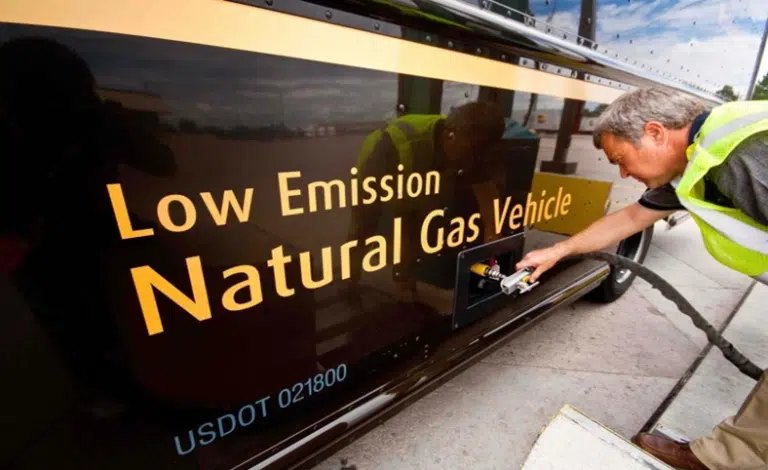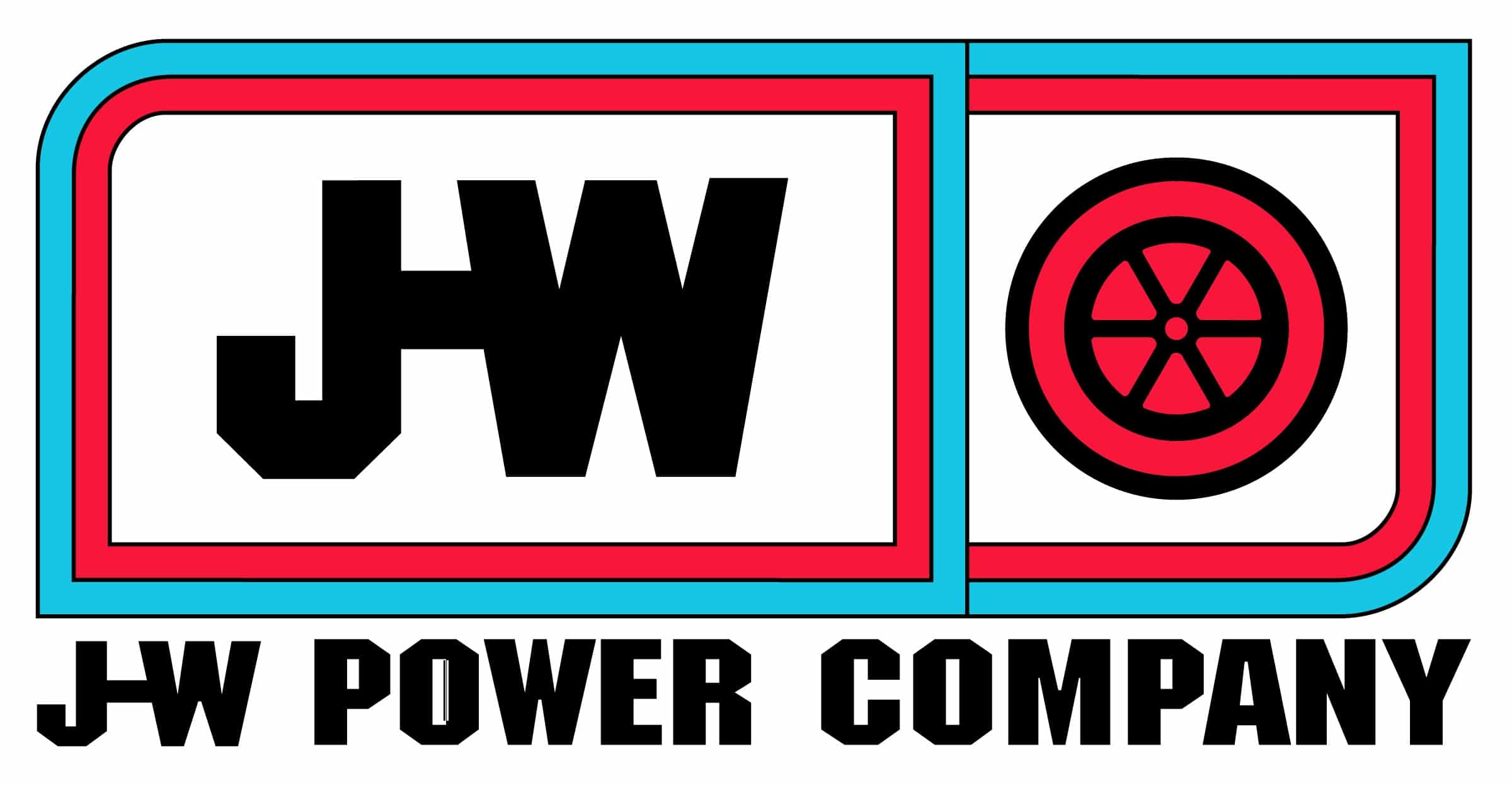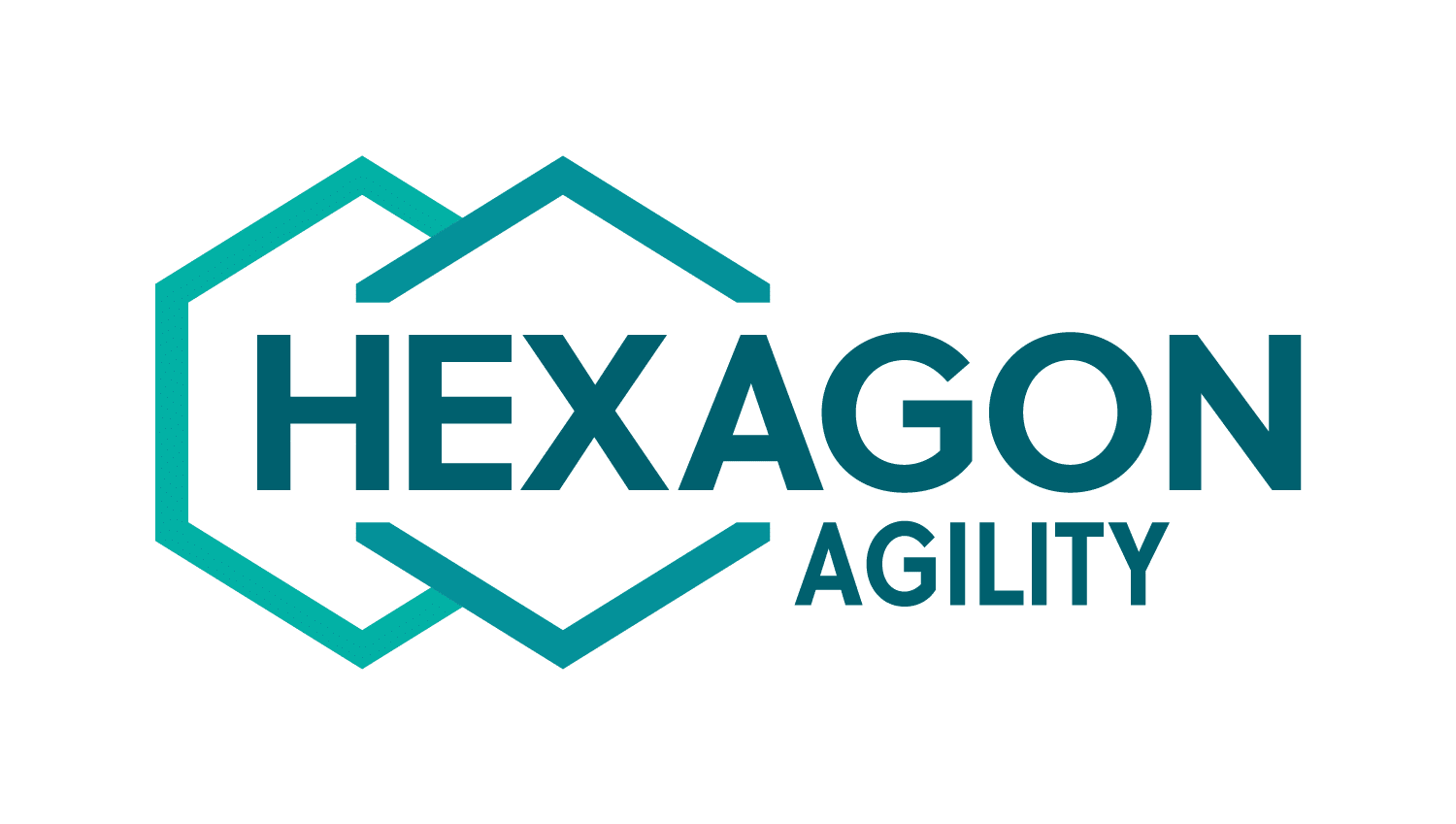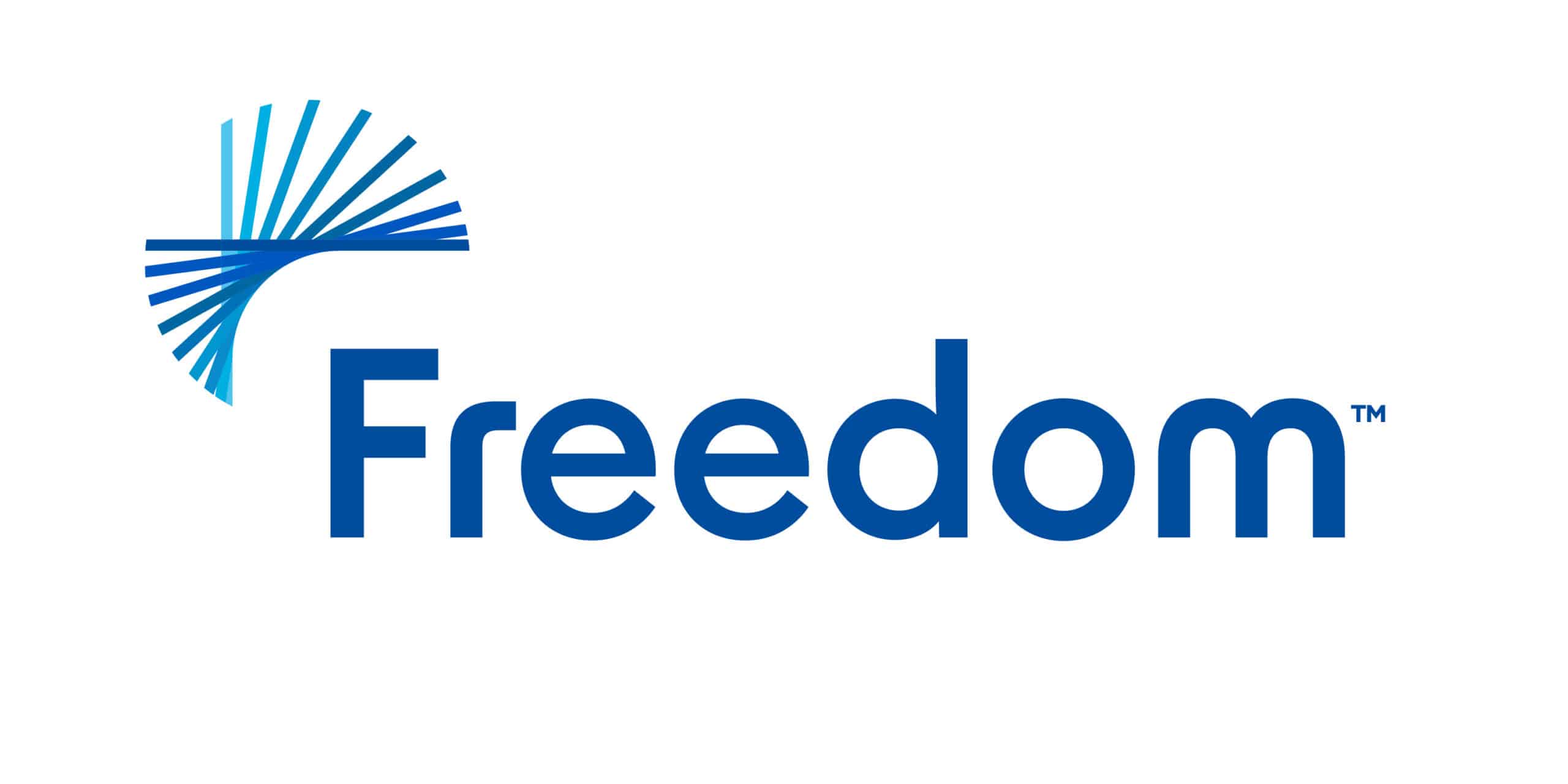 It’s not news that UPS is the world’s largest package delivery company. In 2017, the company delivered 5.1 billion packages or roughly 20 million packages and documents per day, using 119,000 vehicles. The numbers are nearly unfathomable.
It’s not news that UPS is the world’s largest package delivery company. In 2017, the company delivered 5.1 billion packages or roughly 20 million packages and documents per day, using 119,000 vehicles. The numbers are nearly unfathomable.
As the global leader in package delivery, UPS also has ambitious sustainability goals for its fleet and facilities, including plans that one in four new vehicles purchased annually will be an alternative fuel or advanced technology vehicle.
To achieve these goals, UPS faces a complex challenge every day: how to deliver more while using less?
One of the strategies is UPS’s “rolling laboratory” of approximately 9,300 vehicles that drive more than 1 million cleaner miles each business day. This concept is not new to UPS—the company has a history of testing and deploying a variety of vehicle types that started back in the 1930s.
UPS began adding natural gas vehicles (NGVs) to its fleet in 2009, and today, more than half of UPS’s “rolling laboratory” operates on natural gas. Since 2008, UPS will have invested more than $1 billion in alternative vehicles and fueling stations globally, with a total of 57 natural gas fueling stations across the U.S. and over 5,200 natural gas vehicles driving more than 1 million miles each business day globally.
But along with UPS’s investment in alternative fuels and vehicles comes its strong commitment to safety. And commitment to safety goes hand-in-hand with commitment to training. Company-wide, UPS invested more than $200 million in health and safety training in 2017.
“We believe firmly that thorough training is the foundation of a safety culture,” said Alexi Carli Vice President Global Health and Safety, UPS. “And we know a thing or two about promoting a culture where the health and safety of our people is paramount. There are 10,503 UPS drivers with 25 years or more without an avoidable accident. The training we support in our natural gas fleet is another example of an emphasis on safety. As we say at UPS, the most important stop of the day for any UPS driver is the one when they come home at the end of the day – in the same shape they left for work.”
Technician training is the heart of every NGV safety program. NGV technician training is a requirement at UPS, and although most of the company’s other training is provided by its internal training staff, UPS chose NGVi to train every technician who services, maintains and inspects its natural gas vehicles.
“Because they are dealing with high-pressure fuel, it is imperative that our technicians receive the most comprehensive training on natural gas vehicles available,” noted Tom Hendricks, Training and Development Manager for UPS. “We quickly identified NGVi as a top industry expert in natural gas fuel systems, and the depth and quality of training NGVi delivers has become the standard for UPS.”
The first course NGVi introduced to UPS was a customized version of our CNG Fuel System Inspector training designed specifically around its vehicles, fuel systems and cylinders. To ensure trained technicians are thoroughly prepared to conduct CNG fuel system inspections, NGVi also provides the company a proprietary exam administered through UPS’s learning management system.
Today, the mix of courses NGVi delivers for UPS includes “NGV Essentials and Safety Practices” e-learning for technicians who are new to NGVs, and “Heavy-Duty NGV Maintenance and Diagnostics Training” for UPS technicians maintaining tractors powered by Cummins natural gas engines.
To meet changing needs, in 2018, NGVi also developed an e-learning version of UPS’s customized CNG Fuel System Inspector training to accommodate facilities with new employees where instructor led training had already been delivered. This allows small groups of technicians to be trained quickly using the same curriculum content provided in live, instructor-led classes delivered for UPS.











